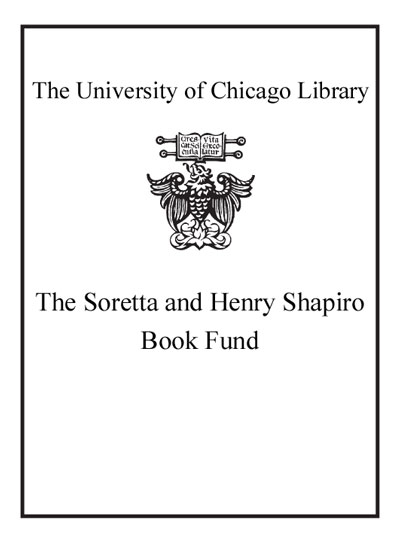| Summary: | Figured Tombstones from Macedonia, Fifth-First Century BC' brings together for the first time a substantial body of material from ancient Macedonia, comprising stone funerary monuments, or stelai, which feature figured representations of the deceased and their relatives, either in relief or in paint. The volume's geographical focus encompasses what can be referred to as the national territory of the ancient Macedoniansestablished largely from the reign of Philip II until the last Antigonidsextending from the range of Mount Pindos and Lake Lychnitis in the west as far as the Strymon valley and Mount Pangaion in the east. Its broad historic scope stretches back to Prehistoric times, when stone funerary monuments seem to have first appeared in the area, and into the first century AD, when significant changes in the modes which shaped (self-)representation in a funerary context can be traced. However, the volume takes as its main focus the Classical and Hellenistic periods, describing and unravelling the codes which moulded the representation of the dead on tombstones dating from the fifth to the first century BC. Paying close attention to the wealth of information that can be gained through morphological, typological, iconographical, and epigraphic analysis, the volume goes beyond artistic evaluation to consider the social history of the monuments: social and gender roles, social status, cultural identity, regionalism or consciously constructed cosmopolitanism, and shifts in religious behaviour are all addressed, revealing the ideas that shaped aesthetic predilections and the choice of self-representation, as well as wider attitudes towards death and a possible after-life.
|
|---|

